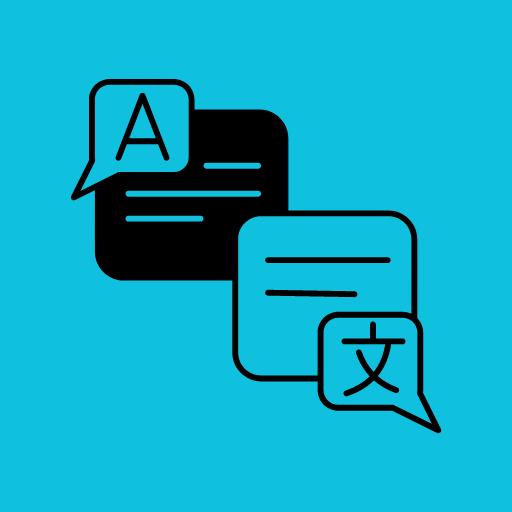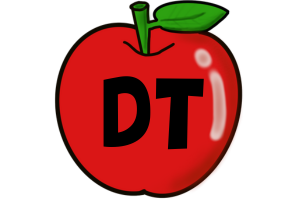Example Lesson Plan
Objective
Students will learn and practice using functional language in English to make requests, give advice, and express preferences.
Duration
Approximately 90 minutes.
Materials
- Scenario cards for role-play
- Dialogue handouts
- Whiteboard & markers
- Interactive online quiz tool
Warm-Up (15 minutes)
Introduction to Functional Language
Begin by explaining what functional language is and how it helps us accomplish tasks or convey intentions. Give examples from the students’ native language if possible. Then, introduce the specific functions to be covered in this lesson: making requests, giving advice, and expressing preferences.
Presentation (20 minutes)
Introducing Language Functions
Present the functional language for each of the three language functions using the whiteboard. Use example sentences and highlight key phrases.
For making requests, phrases might include:
- “Could you…?”
- “Would you mind…?”
For giving advice:
- “You should…”
- “It might be a good idea to…”
And for expressing preferences:
- “I prefer…”
- “I would rather…”
Practice (30 minutes)
Dialogue Practice
Provide dialogue handouts that use the functional language in context. Read through them with the class, emphasizing the target phrases and answering any questions. Students then practice the dialogues in pairs.
Role-play Activity
Give each pair of students a scenario card featuring a situation that requires making a request, giving advice, or expressing a preference. They should act out the scenario, using the target language.
Production (20 minutes)
Create Your Own Dialogue
Ask students to create their own short dialogues incorporating the language functions learned. They can choose a context, such as a restaurant, a school, or a family setting. Each group presents their dialogues to the class, with the class guessing the situation.
Wrap-Up (5 minutes)
Interactive Quiz
Wrap up the lesson with an interactive quiz using an online tool. The quiz should test students’ understanding of when and how to use the functional language learned.
This lesson plan ensures students not only understand the concept of functional language but also know how to use it effectively. By incorporating various interactive and practical activities, it provides students with ample opportunities to practice and reinforce their functional language skills, thus enhancing their overall English proficiency.
Functional Language Explained
Functional Language means giving the students the language they need to perform functions or communicate in various situations. This language is used to do everyday tasks like ordering food in a restaurant, buying tickets and apologizing.
Teaching functional language not only helps prepare students for communicating in the real world but also for various language tests they appear for. English language tests cover a number of sections based on the use of functional language to assess the communication abilities of the students.
Let us discuss the functional language lesson plan that would help teachers effectively teach different aspects of this language to students. We also look at some useful tips, activities and worksheets that prove to be helpful to FCE and ESL teachers.

Functional Language Lesson Plan – A Complete Guide
Teaching functional language is not difficult. You can take different approaches to cover various topics of functional language to help students practice using the language. Here is a lesson plan that would guide you devise the right method to deal with functional language learning.
1. Find out what the students know. Offer them a small chat about any general topic and do a short roleplay where they discuss the topic. Once the feedback session is completed, find out what language the students already use.
2. Students listen to a recorded conversation about the same topic. The teacher can then ask questions and give a comprehension task. Students should be asked whether the person in the recording gave a good answer.
3. Focus on the target language. You can ask the students to identify the target phrases in the piece of content they listened to. They can make a list of all the phrases they could find.
4. Students practice the target phrases by indulging in a conversation. They can come up with problem/advice conversations to integrate the phrases they learnt. They can practice more by asking for advice on their own personalized problems.
Teaching English Functional Language – What You Should Know?
The first thing teachers should understand is that there are a million different functional situations with different language items one could use. So there is no need to teach everything but only some structures relevant to the students and their level. By limiting this number, you can make sure the structures are remembered.
Teachers can use communicative activities to explain and practice the functions. As they relate to situations, role plays and dialogues are best suited to help students learn their use in content. When a similar situation comes up, students can easily recall and use the appropriate language.
When it comes to learning functional language, repetition is the key. They are necessary for effective communication and there is no fixed phrase construction. There is so much room for creativity. Learning functional language can help students communicate well in various situations even when their English level is not so high.
To teach functional language, teachers can teach language chunks that they can use again and again whenever a specific situation arises. So, with functional language, students can express themselves well even when they have difficulty communicating in English. As the students learn these chunks, they will appreciate them as instant take-aways from the class.
Functional English Worksheets
Functional English can be taught to a student in his early language development. Teachers can use a variety of teaching resources including lessons, worksheets, games and activities for a comprehensive demonstration and practice of each function. You can find printable worksheets that focus on introducing the basic language structures to the students.
Agreeing and Disagreeing
These worksheets would help students practice various levels of agreement and disagreement. They can write the level – strongly agree, agree, disagree or strongly disagree against different expressions.
Another type of worksheet helps teach students how they can agree or disagree using expressions. Students can work in groups to form opinions using the expressions of agreement and disagreement from the worksheet.
Asking and Giving Opinions
This section of functional language teaching involves using worksheets to teach students how they can give and ask for opinions with the use of expressions. These worksheets provide resources to practice justify, explain and summarize opinions, agreement, disagreement and persuasion. Students also take part in debates to express their opinions by supporting or opposing a topic.
Other Activities For Teaching Language Functions
Activities offer fun and interesting ways to help students understand the right use of a language function. Use of categorized activities would help different levels of learners put the right structure into appropriate context. These activities are mainly in the form of dialogues and role-play sessions based on realistic situations. Such games and exercises would help students practice the structures and build their knowledge of functional English and communicate well.
Invitation Board Game
In this fun game, students can practice making and responding to invitations. Students are divided into groups of 3-4 and given game board, dice, counters and response cards. When a student lands on a square, he responds to the invitation on the square using a response card. He has to speak the response using the prompt on the response card. Other students listen to the response and judge it. If he has responded appropriately, he stays on the square or goes back to the previous square.
Meet and Greet Role-Play
An engaging activity for language functions, the role-play helps teach formal and casual greetings and introductions phrases. Students are divided into groups of four and given A, B, C or D cards in pairs. Students introduce themselves to the students in another pair using the phrases on the card. Students can then swap their roles and practice other introduction phrases. The groups finally act the role-play in the class.
Functional Language English Examples
Functional language is about using phrases to express something in everyday communication. An example is when you give instructions while teaching a class. Giving instructions is a language function. There are so many language functions in English some of which are:
- Expressing wishes
- Persuading
- Ordering food
- Expressing likes and dislikes
- Making predictions
- Expressing opinions
- Asking for a favour
- Summarizing
- Asking for and giving personal information
- Asking and giving permission
- Asking questions
- Describing places and things
- Holidays
- Giving and accepting invitations
- Telephoning
Each language function has a structure and verb usage. Students can be taught functional language through activities and games to make it easy to remember. They can practice the use in the right context using worksheets and exercises.


